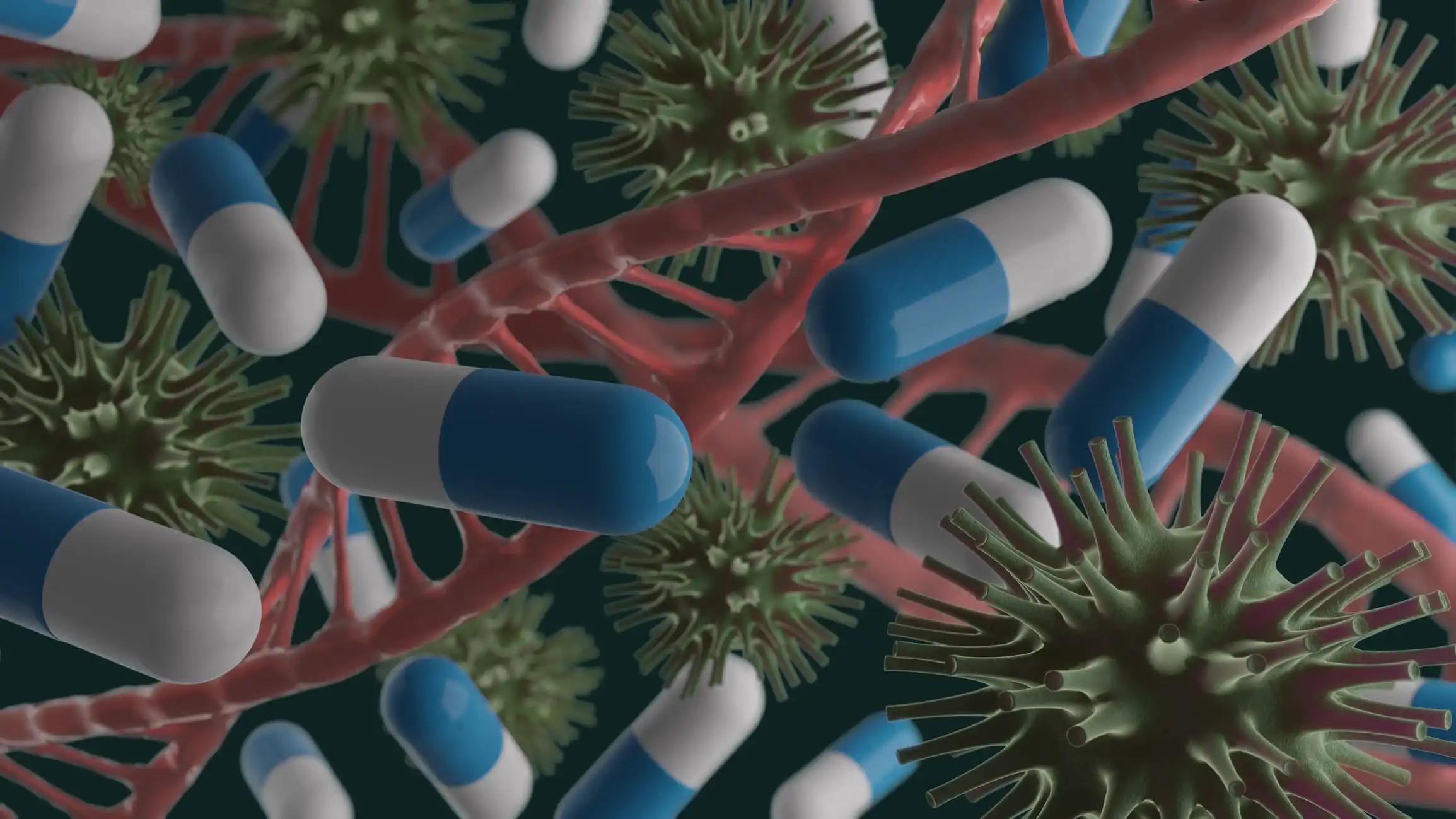KEY TAKEAWAYS
- The study aimed to assess CT parameters’ predictive value on patients with CRC angiogenesis and their association with serum markers.
- Researchers noted that certain preoperative CT perfusion parameters predict tumor angiogenesis in colorectal adenocarcinoma.
Angiogenesis is a critical step in colorectal cancer (CRC) growth, progression, and metastasization. CT scans are routinely used for preoperative clinical assessment in patients with CRC.
Ze-Mao Li and the team aimed to explore the predictive value of preoperative CT enhancement rate (CER) and CT perfusion parameters regarding angiogenesis in CRC. Additionally, it investigates the association between preoperative CER and CT perfusion parameters with serum markers.
They performed an inclusive analysis involving 42 patients diagnosed with colorectal adenocarcinoma. Using the median of microvessel density (MVD) as the cut-off value, patients were categorized into high-density (MVD ≥ 35/field, n = 24) and low-density (MVD < 35/field, n = 18) groups, with an additional 25 patients with benign colorectal lesions constituting the control group.
Statistical analysis encompassed evaluating CT enhancement rate (CER), CT perfusion parameters, and serum markers across all groups. Receiver operating curves (ROC) were utilized to assess the diagnostic efficacy of relevant CT perfusion parameters for tumor angiogenesis, while Pearson correlation analysis explored potential associations between CER, CT perfusion parameters, and serum markers.
About the parameters, CER, blood volume (BV), blood flow (BF), permeability surface (PS), and serum markers 19 – 9 (CA19-9), carbohydrate antigen 125 (CA125), carcinoembryonic antigen (CEA), trefoil factor 3 (TFF3), vascular endothelial growth factor (VEGF) in colorectal adenocarcinoma significantly surpassed those in the control group. Similarly, the high-density group exhibited notably higher levels compared to the low-density group (P < 0.05).
However, the time to peak (TTP) among colorectal adenocarcinoma patients was notably lower than that of the control group, with the high-density group displaying significantly reduced levels compared to the low-density group (P < 0.05). Combined parameters BF + TTP + PS and BV + BF + TTP + PS demonstrated the highest area under the curve (AUC) at 0.991. Pearson correlation analysis revealed positive correlations between serum marker levels and CER, BV, BF, and PS (P < 0.05) while showing negative correlations with TTP (P < 0.05).
The study concluded that certain preoperative CT perfusion parameters, both individually and in combination, possess the ability to accurately predict tumor angiogenesis in colorectal adenocarcinoma. Furthermore, preoperative CT enhancement rate (CER) and CT perfusion parameters were found to be associated with specific serum markers.
The study received no funds.
Source: https://pubmed.ncbi.nlm.nih.gov/38773485/
Li ZM, Zhou W, Feng L, et al. (2024). “Predictive value of preoperative CT enhancement rate and CT perfusion parameters in colorectal cancer. BMC Gastroenterol.” 2024 May 21;24(1):176. doi: 10.1186/s12876-024-03257-0. PMID: 38773485.



